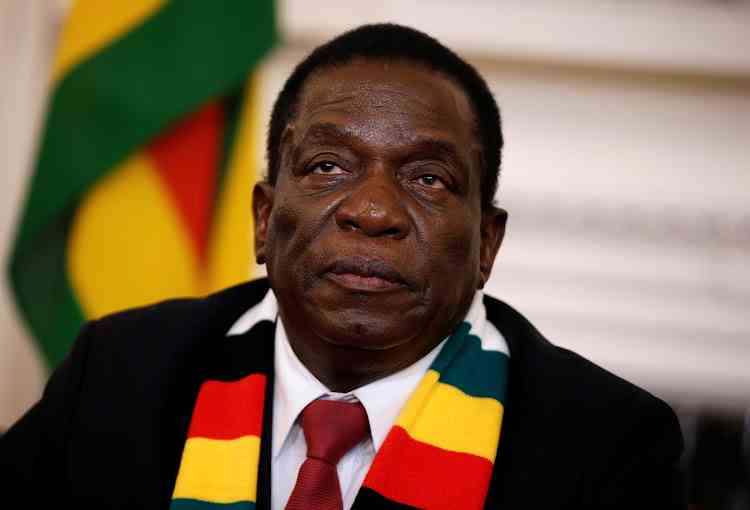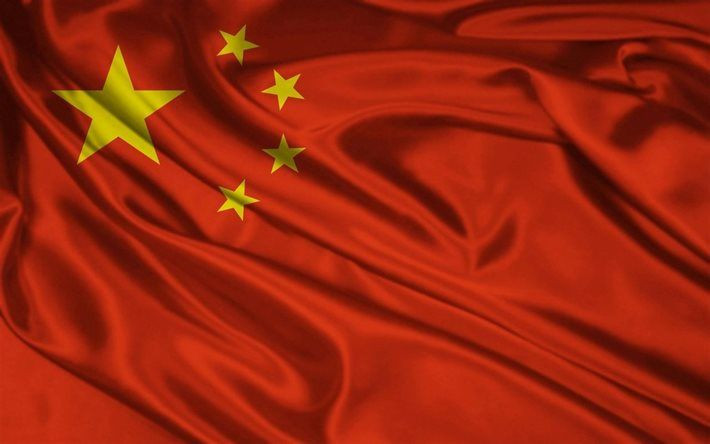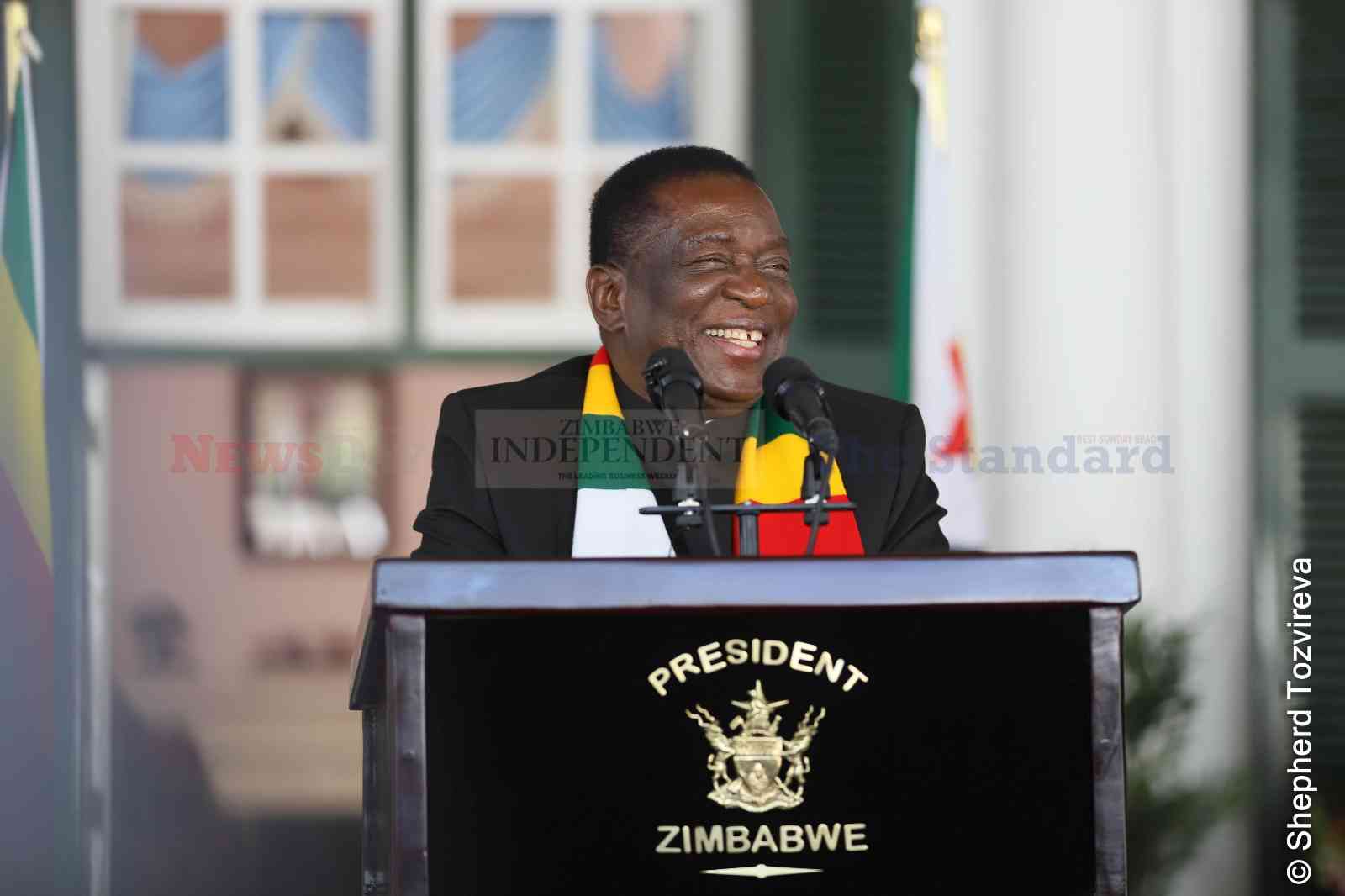
“American commanders are fond of the saying that amateurs discuss tactics, while professionals discuss logistics. Theirs may not be the most glamorous designation in the army, but logisticians take pride in knowing that nothing works without them”, so noted The Economist (April 27 2014) in its story on the withdrawal of American troops from Afghanistan. TAPIWA NYANDORO
It is a sentiment that would have crossed the mind of Minister of Mines and Mining Development when he appointing the board of directors for the Zimbabwe Mining Development Corporation (ZMDC).
Congratulations are due to David Murangari and his fellow board members on their appointment. There is no reason why ZMDC should not be a fortune 500 corporation in the next 30 years, and that should be their vision.
The enemy to this vision is “thinking small”, the major affliction in most local board rooms, regrettably cabinet included. Thinking big and long term, ZMDC should strive to export a 100 million tonnes each of coal and iron ore regionally and internationally in twenty to thirty years time.
Zimbabwe has reserves running into billions of tonnes of coal and iron ore. Some of the latter is the high quality direct shipping iron ore resource Essar has its eyes on. Many might think such exports are in the main mining ventures. They would be mistaken as the exportation of these bulk low value commodities is largely a mammoth logistics operation. “Without logisticians, nothing will work”.
The biggest problem for the Americans, who are expected to ship home in 18 months some 28 000 vehicles and forty thousand shipping containers worth a total of $30 billion, according to Major Bradley Sines of the 1st Theatre Sustainment Command, “is that for the first time America finds itself fighting a war without a reliable seaport”. Like Afghanistan, Zimbabwe is land locked and has no seaport.
As for the Americans diplomacy to ensure seaports and rail infrastructure are made available, cost effectively and on time will be a challenge for the ZMDC Board. It is a problem ZMDC will face in its attempt to move two hundred million tonnes of iron ore and coal annually, worth over $12 billion, within thirty years. Then of course the miserable available capacity at the NRZ will have to be raised ten fold, whilst a slurry pipeline to move the iron ore is constructed. The total cost of the infrastructure in rail, pipeline power stations and seaports could well be around twenty five billion dollars.
A few billions more would be needed for the mining operations themselves. This is some serious money requiring excellent integrated project execution, finance raising and diplomatic skills.
- Chamisa under fire over US$120K donation
- Mavhunga puts DeMbare into Chibuku quarterfinals
- Pension funds bet on Cabora Bassa oilfields
- Councils defy govt fire tender directive
Keep Reading
Some logistician of note therefore needs to be in the same board room as Mr Murangari, alongside the CEO of the National Railways of Zimbabwe (NRZ) and the CEO of the Zimbabwe Electricity Supply Authority (Zesa). These three industries are greatly intertwined, and it would be good for the country if they are closely coordinated and share the same vision. That is why it makes sense to put all such state enterprises under one commission or treasury department as the Chinese and the British respectively have done, and still do.
To address the daunting task facing ZMDC, and to follow its vision, the board will need to merge the ZMDC operations into one conglomerate, and then appoint an executive committee of high caliber, with the CEO’s credentials able to excite the financial markets internationally. The likes of Carol Smith, an ex-Anglo America CEO, comes to mind.
The challenge for the ZMDC in the first five to ten years is to restructure, raise money and invest in its operations, particularly the low hanging fruits of ramping up, and refining precious metals.
Government should expect its first dividend Cheque after 15 to 20 years. Before that it will have to reinvest profits and royalties from the ZMDC operations into the corporation.
Of course, greatly increased employment will see revenue from VAT and PAYE off set any losses from royalties and dividends, and GDP growth driven by consumption, investment and increased exports.
Beneficiation of mineral resources, such as turning coal and gas into liquid fuel and iron ore into steel should also be the board’s agenda, and should run parallel with other restructuring activities.
Some ten to fifteen billion dollars could be needed for the projects that would see Zimbabwe being energy independent, if not a net exporter of the same. By the 20th year, some 30 million tonnes of steel and one million ounces of PGM, worth a combined $17 billion annually ought to be on the list of ZMDC’s exports.
It is a tall order, but as Chinese State owned companies have shown, it can be done. Vale of Brazil is another example.
When he sits with his team to sign off their strategic plan for the first five years, David Murangari will have a $20 billion turn over target for the year 2030. All other Ministries and laws ought to be aligned to that goal. By then the corporation will be a listed company with government holding at best a 5% golden share.
David Murangari’s biggest task is selling the vision and its strategic plan to his current shareholder. His reserved scholarly demeanor will serve him well. It is a huge task, but if anyone can do it, he is the man.











